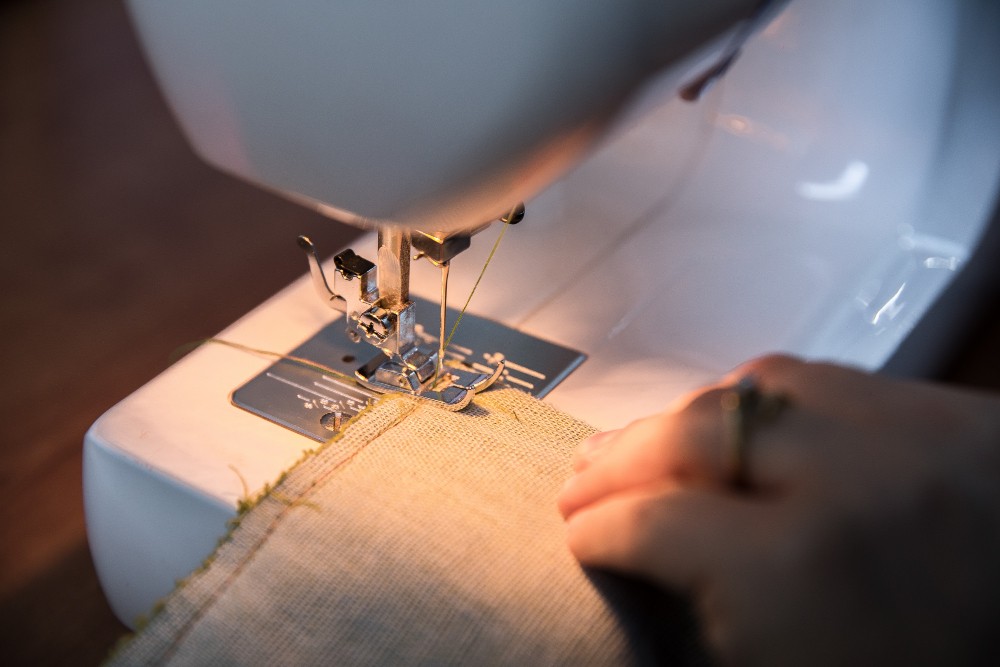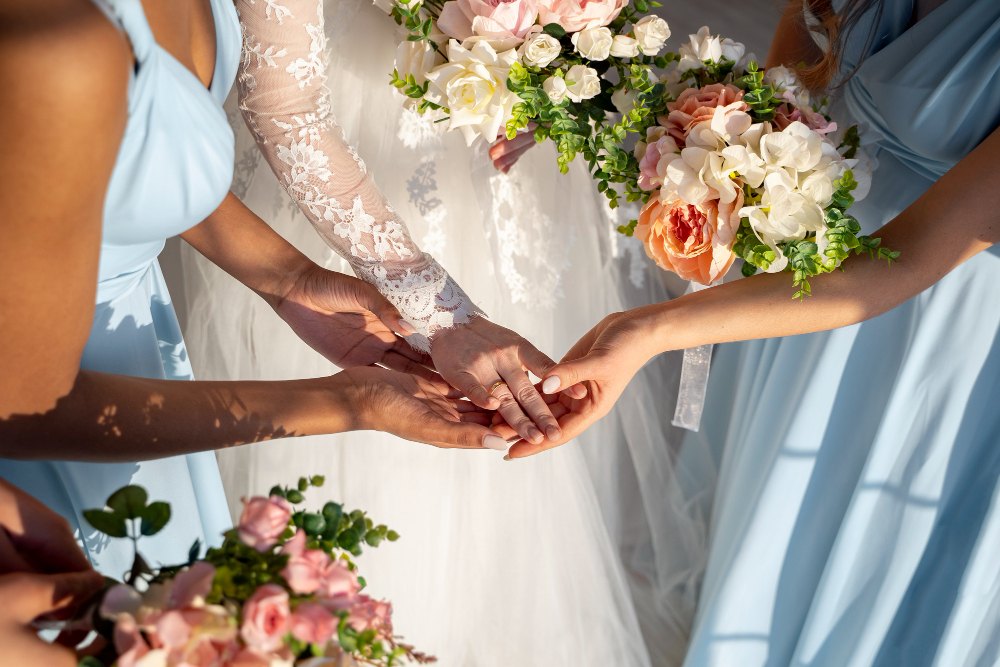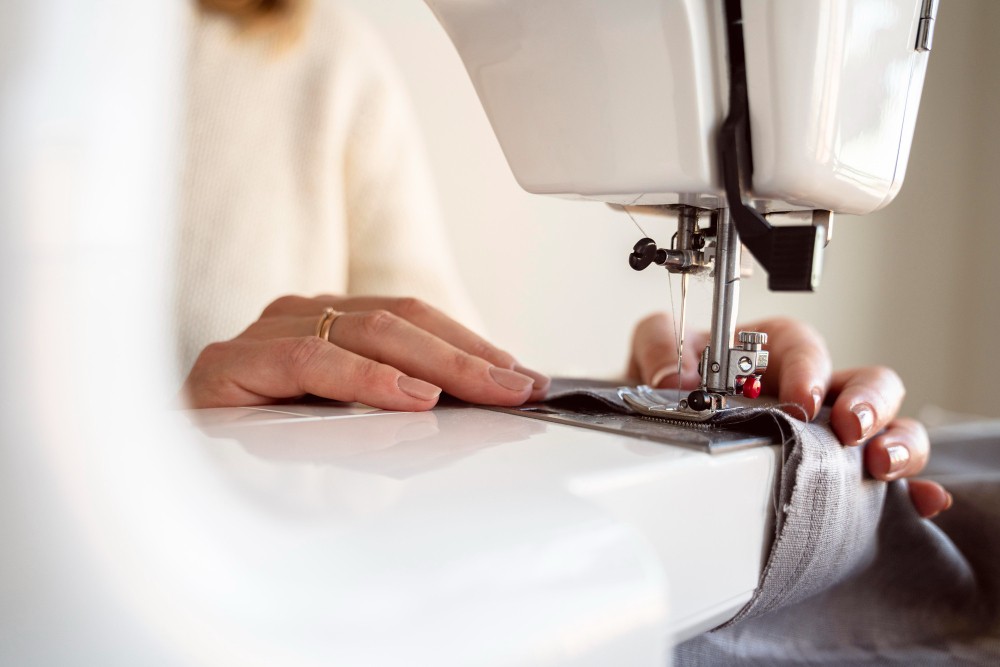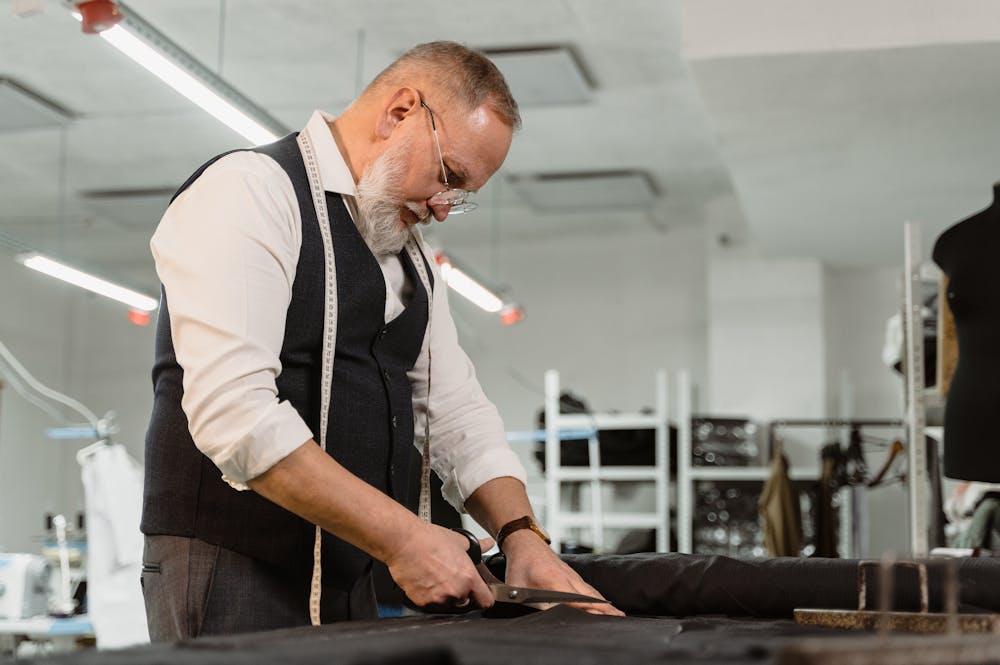
Discover how to hem jeans with Tailors Couture
One of the most practical skills you can learn is how to hem jeans. Whether you’re tailoring a pair of vintage denim or adjusting the length of your favorite pants, mastering the art of hemming pants can save you time and money. Hemming your jeans doesn’t have to be intimidating. With a few simple tools and a bit of patience, you can achieve a professional-looking finish right at home. Start by measuring the desired length, then fold and pin the fabric to create a clean edge. Sewing the hem is the final step, and once you’re done, you’ll have a pair of jeans that fit perfectly. Learning how to hem jeans is not only a useful skill but also a sustainable way to extend the life of your clothing. Instead of tossing out pants that are too long, you can give them a second life by hemming pants to your exact specifications. So, grab your sewing kit and get ready to transform your denim collection! What is a hem? A hem is the finished edge of a piece of fabric, typically created by folding the raw edge under and sewing it in place to prevent fraying and to provide a clean, polished look. In the context of jeans, the hem is the bottom edge of the pant legs, which often features distinctive stitching and sometimes intentional distressing that contributes to the overall aesthetic of the garment. What is an original hem alteration? An original hem alteration, sometimes referred to as a European hem, is a technique that allows you to shorten your jeans while retaining the original hem. This method involves detaching the original hem, trimming the excess fabric, and then reattaching the hem to the shortened leg. By choosing to hem jeans with the original hem, you ensure that the unique characteristics—such as distressing, stitching patterns, and color variations—remain intact. This approach not only makes the jeans hem look original but also preserves the designer’s intended aesthetic. At Tailors Couture, we specialize in original hem alterations, ensuring your jeans maintain their authentic look while fitting you perfectly. Our expert team is dedicated to providing high-quality hemming services tailored to your unique style and comfort. Methods for hemming jeans Hemming jeans can be done using various techniques, each offering a unique result depending on your needs. The most common methods include traditional cut and resew, hemming jeans with the original hem, and no-cut hemming. The approach you choose depends on factors such as how much length needs to be removed, the type of denim, and whether you want to maintain the jeans’ original characteristics. If you’re shortening jeans with the original hem, you can ensure they look as if they were never altered. However, for a more standard approach, cutting and resewing might be a better choice. Traditional cut and resew The traditional method for hemming jeans involves cutting off excess fabric and sewing a new hem. This process results in a standard hem, which is a clean, finished edge that mimics the factory hem but does not retain the original distressing or stitching. While effective, this method may slightly alter the jeans’ appearance, especially if they have special fading or decorative stitching near the original hem. However, for those looking for a quick and simple solution, a standard hem provides a professional finish that blends well with most styles. Hemming jeans with the original hem For those who want to maintain the authenticity of their jeans, hemming with the original hem is the best option. This technique preserves the original hem on jeans by carefully detaching it, removing excess fabric, and reattaching the original hem at the new length. The result is a seamless alteration that retains the manufacturer’s design, including any distressing, stitching, or fading that contributes to the jeans’ unique character. This method requires precision and skill, making it a preferred service at professional tailoring shops like Tailors Couture. No-cut hemming No-cut hemming is a great solution for people who want to temporarily shorten their jeans without permanently altering them. This method is particularly useful for those who wear their jeans with different types of shoes, such as heels or sneakers, and need the flexibility to adjust the length. Hemming jeans without cutting involves folding the fabric inside and securing it with stitches that can later be removed. This approach works best with non-stretch denim and is a popular choice for those who want a temporary or reversible solution. Types of hems for jeans Different jean hem styles can drastically affect the look and feel of your denim. While the hemming method determines how jeans are shortened, the hem style influences their overall appearance. The most common styles include the blind hem, cover-stitched hem, basic hem, and rolled hem. Each has its own advantages, whether you’re looking for an invisible finish, a factory-like appearance, or a casual rolled-up edge. Blind hem A blind hem is a nearly invisible hemming method that uses small, discreet stitches to create a clean finish. This technique is ideal for those who want to shorten their jeans without visible stitching on the outside. If you’re wondering, can a tailor hem jeans using this method? The answer is yes! However, this approach is less common for denim, as most jeans feature visible topstitching. Still, for dressier or formal-style jeans, a blind hem can provide a polished, unnoticeable alteration. Cover stitched hem A cover-stitched hem mimics the original factory stitching found on many jeans. This method requires a specialized sewing machine that creates two parallel lines of stitches on the outside and a looped finish on the inside. While it offers a professional look, it is often best left to experienced tailors who have the right equipment. Basic hem A basic hem is the simplest way to shorten jeans. This method involves cutting the jeans to the desired length, folding the fabric, and sewing a straight stitch along the edge. While it is quick and easy, it does not replicate the original factory









